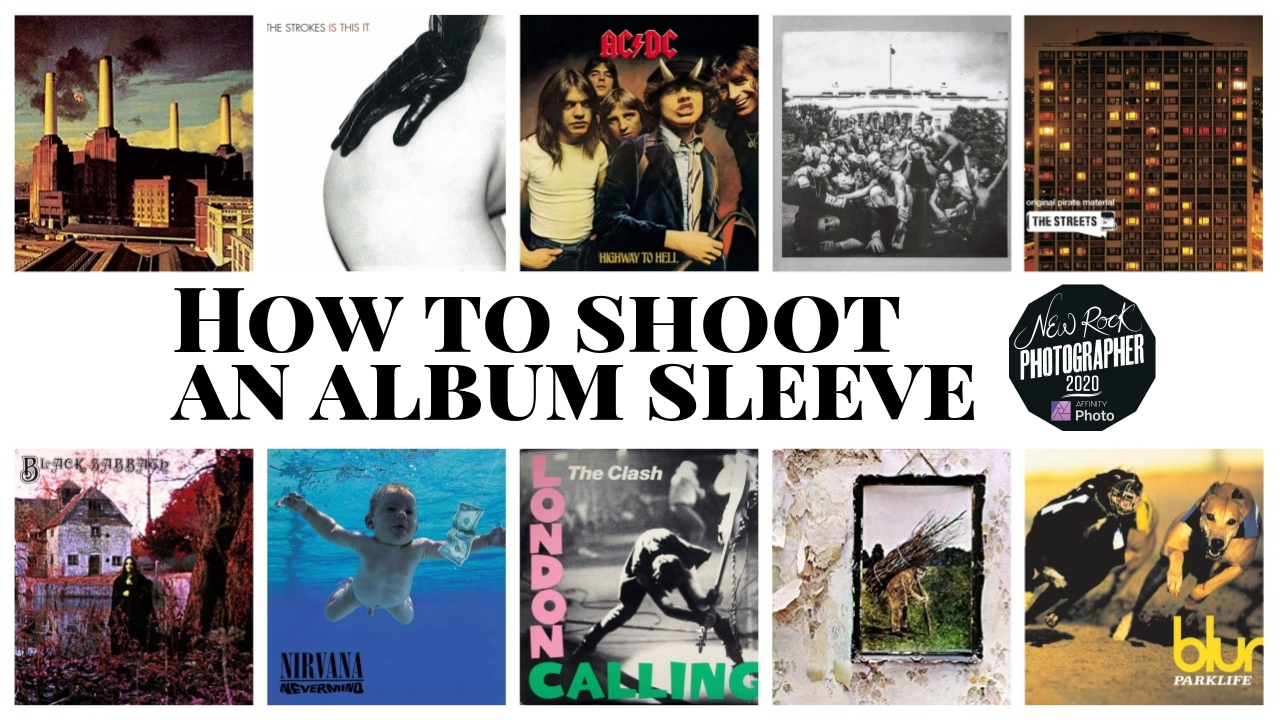
Kevin Nixon is one of the judges on the Affinity Rock New Rock Photographer 2020 competition and a regular photographer for Classic Rock, Metal Hammer and Prog.
With this month's challenge revolving around shooting for album sleeves, we asked Kevin to give you some top tips and below is a gallery of some of his favourite album sleeves for inspiration.
1. Remember: it's a collaboration
Most album photography is a collaboration between the band/artist, the photographer and an art editor. Invariably the band will have an idea or concept which they will communicate with an Art Editor who will then pass on the shooting brief to the photographer. Ensure that you fully understand the brief before you start shooting.
2. It's hip to be square
Album art and photography is square, so ensure your photography is appropriate for this format and no relevant details or information are cropped out. Be aware of leaving space for text or any other graphic or band logo.
3. Shoot at the right resolution
If you are shooting a classic portrait, ensure you are shooting at a high enough resolution to allow a high quality end product. Album photography should be a minimum of 12” x 12” @ 300dpi
4. It's wrong to be right
Album art photography covers a huge range of styles and photographic genres – there's not necessarily a right and wrong approach. You should be trying to create something that is visually stimulating, unique and memorable.
5. Who is in charge?
Be prepared to take instructions from the band and/or Art Director, you are the output for their creative process. If you are lucky enough to have free rein, ask yourself what image or style is most appropriate to convey the artists music and style.
The latest news, features and interviews direct to your inbox, from the global home of alternative music.
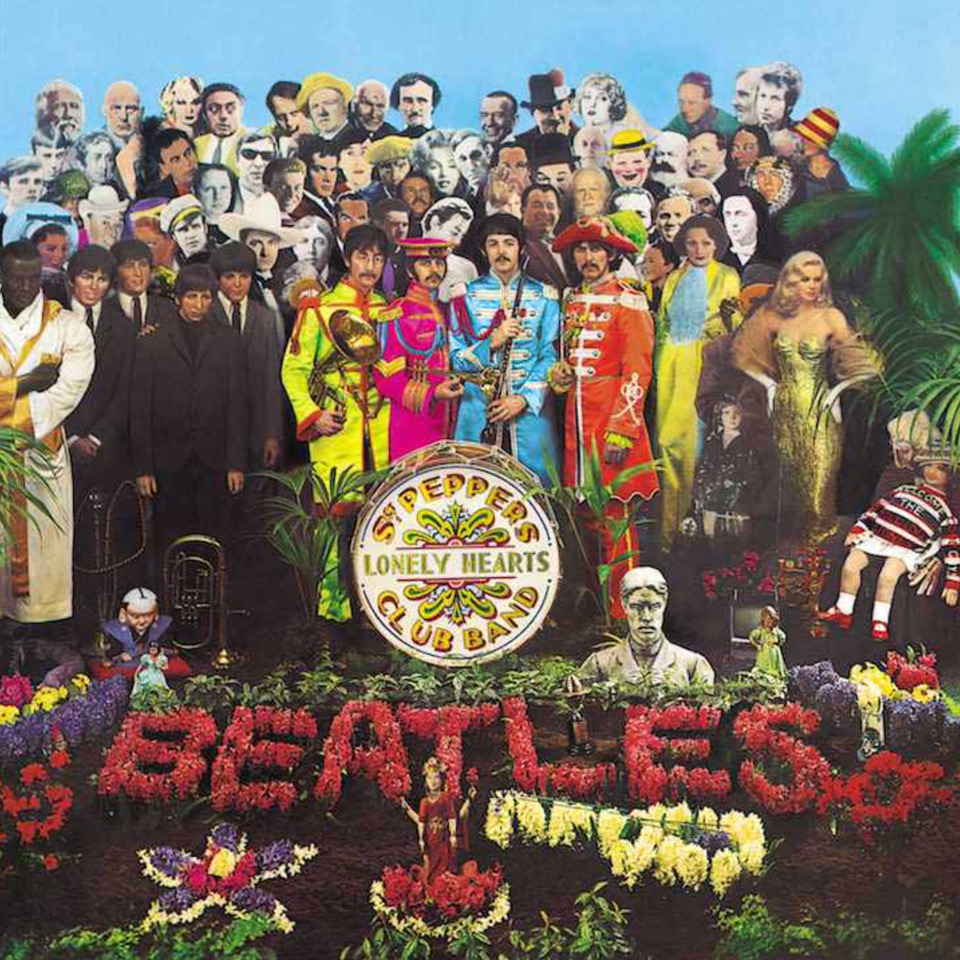
1. The Beatles
The Beatles' Sgt Peppers sleeve by Peter Blake used portrait photography and collage

2. Blur: Parklife
Blur's Parklife used stock imagery - sourced by design company Stylorouge
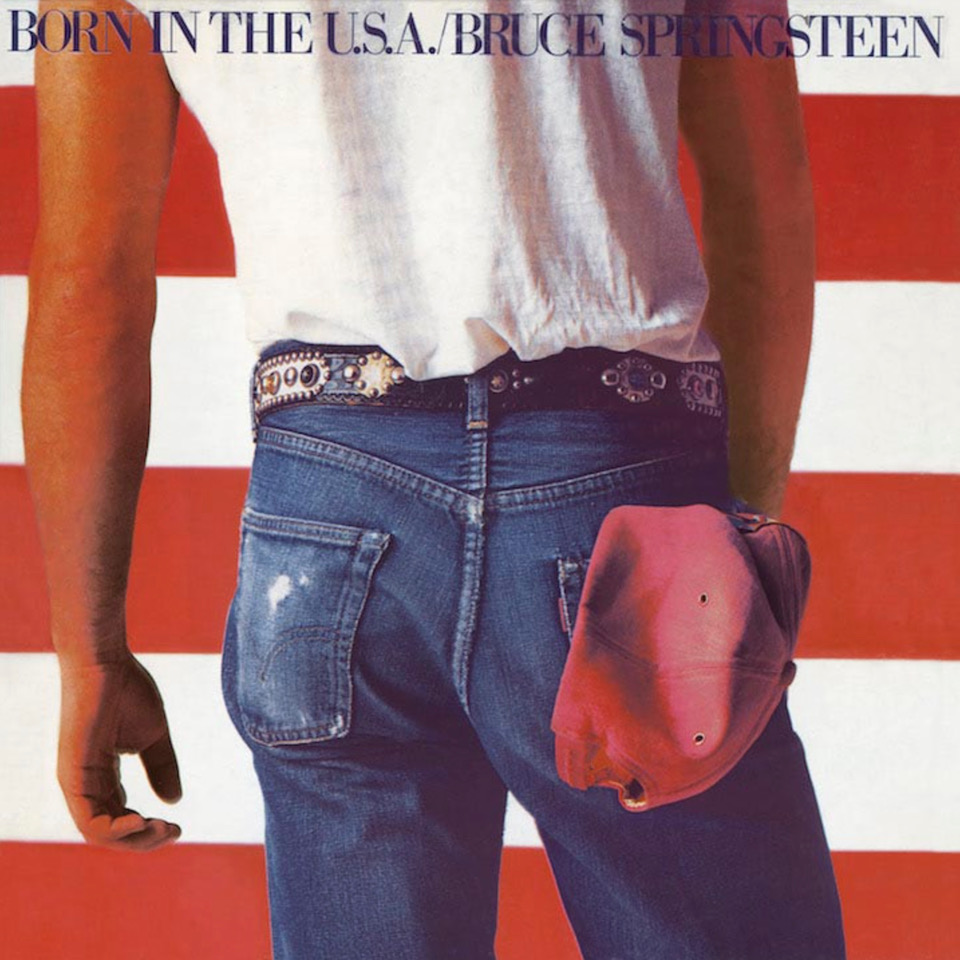
3. Bruce Springsteen: Born in the USA
For Bruce Springsteen's Born in the USA, photographer Annie Leibovitz shot multiple photos of Springsteen. And then settled on one of his arse.
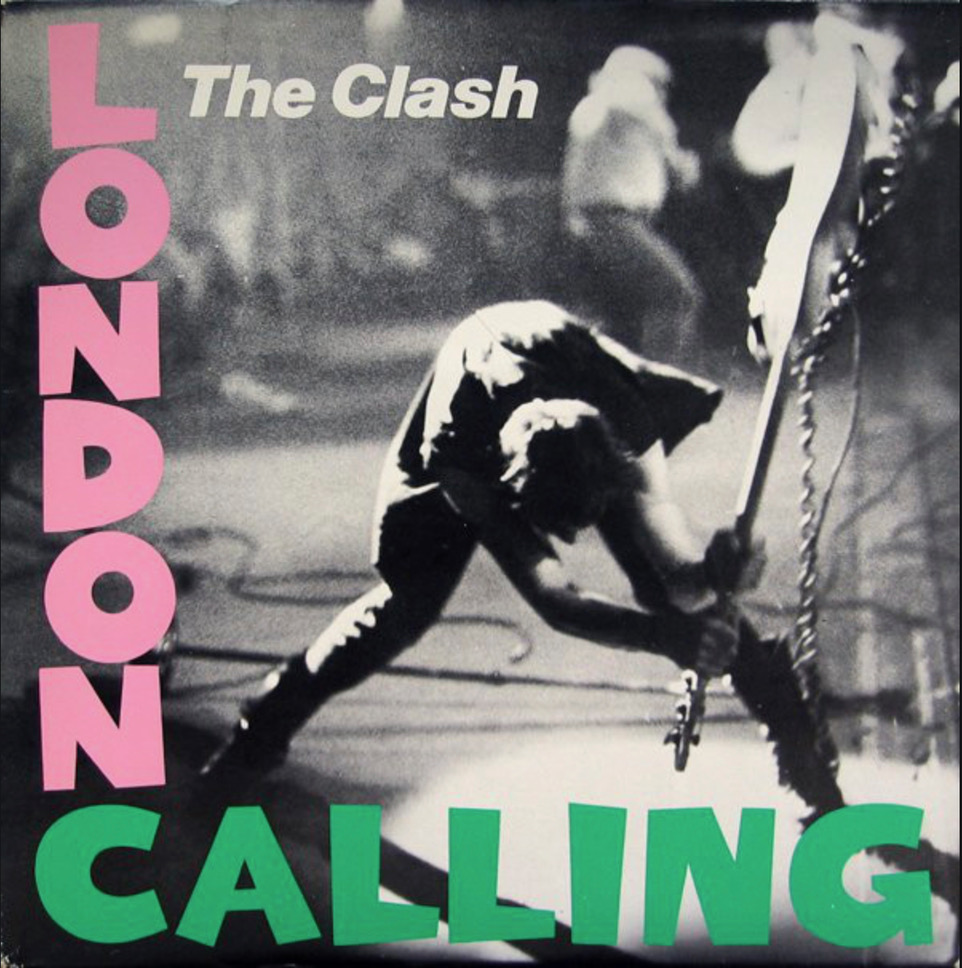
4. The Clash: London Calling
London Calling was shot by Pennie Smith. Joe Strummer selected it for the cover as soon as he saw it. Smith didn't like the idea: the shot is out of focus.
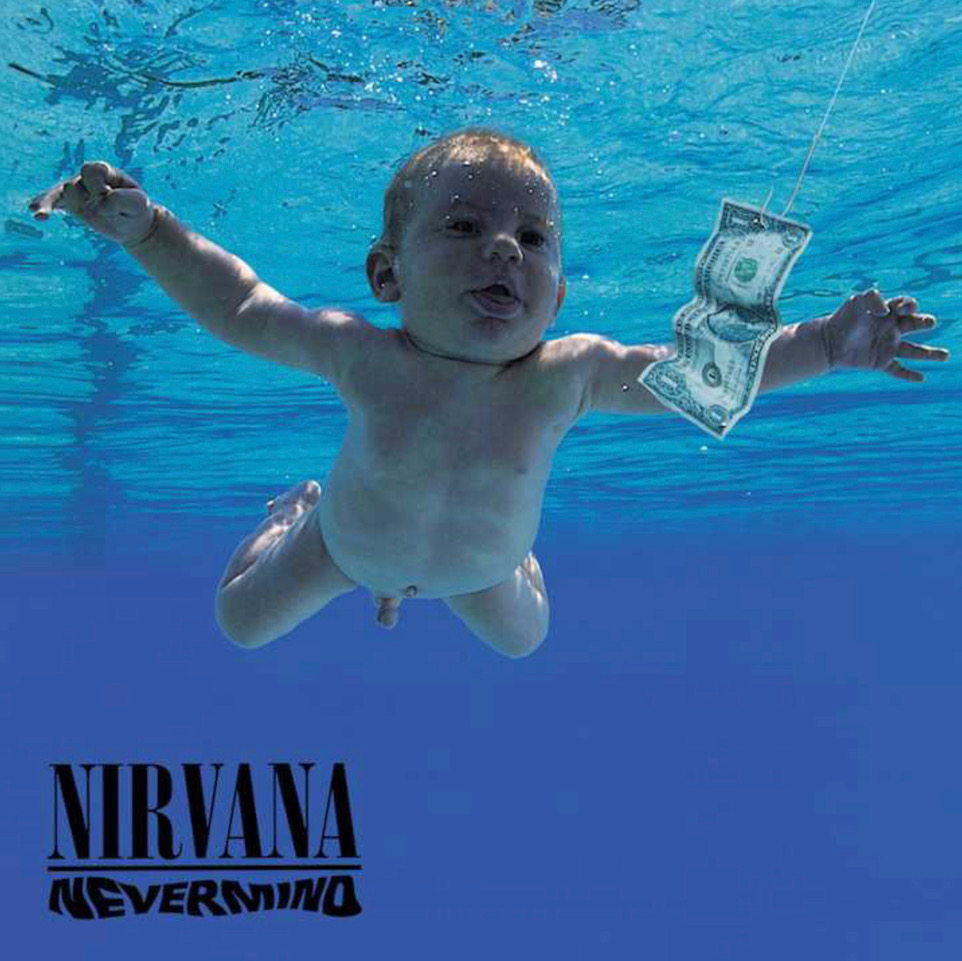
5. Nirvana: Nevermind
This pic of baby Spencer Elden was taken by Kirk Weddle, a friend of Spencer's dad.

6. Oasis: Definitely Maybe
Definitely Maybe was shot by Brian Cannon in guitarist Bonehead's house and staged to the last detail.
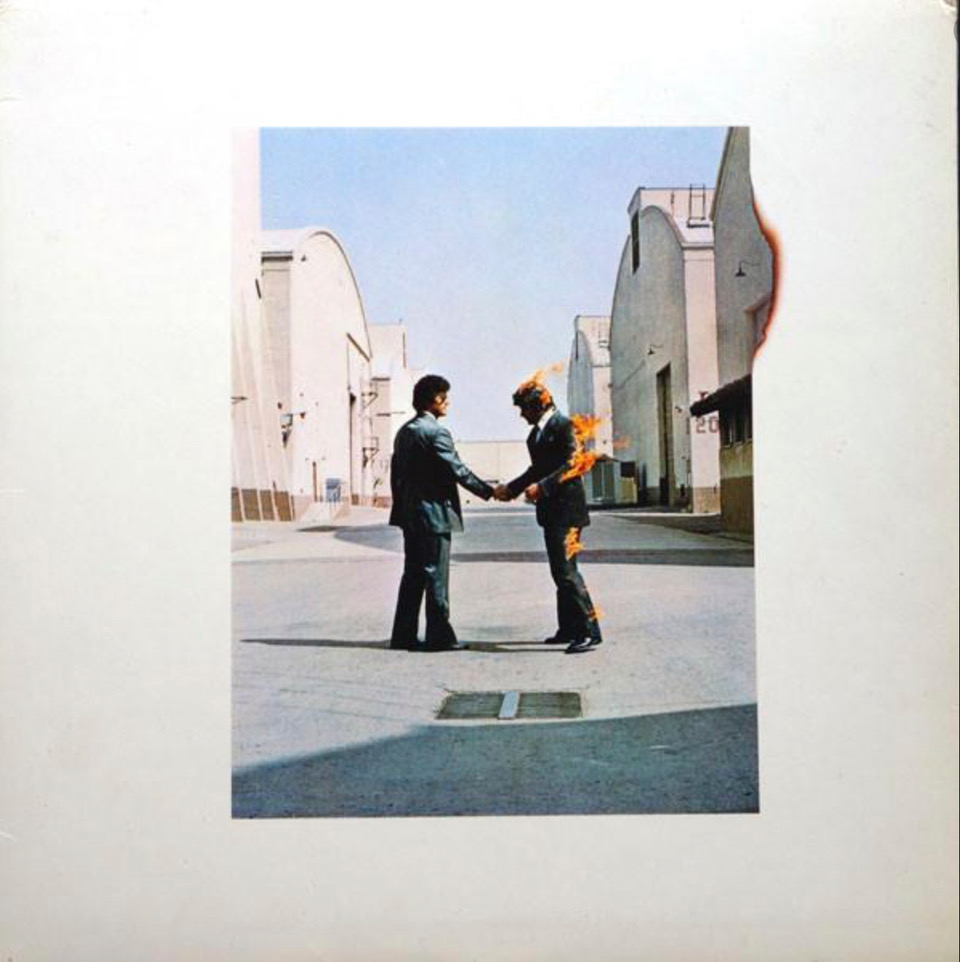
7. Pink Floyd: Wish You Were Here
Wish You Were Here: shot by legendary design duo Hipgnosis, the theme was 'absence'. The flames? "A visualization of people’s tendency to remain emotionally withdrawn (or absent) for fear of 'being burned.'”
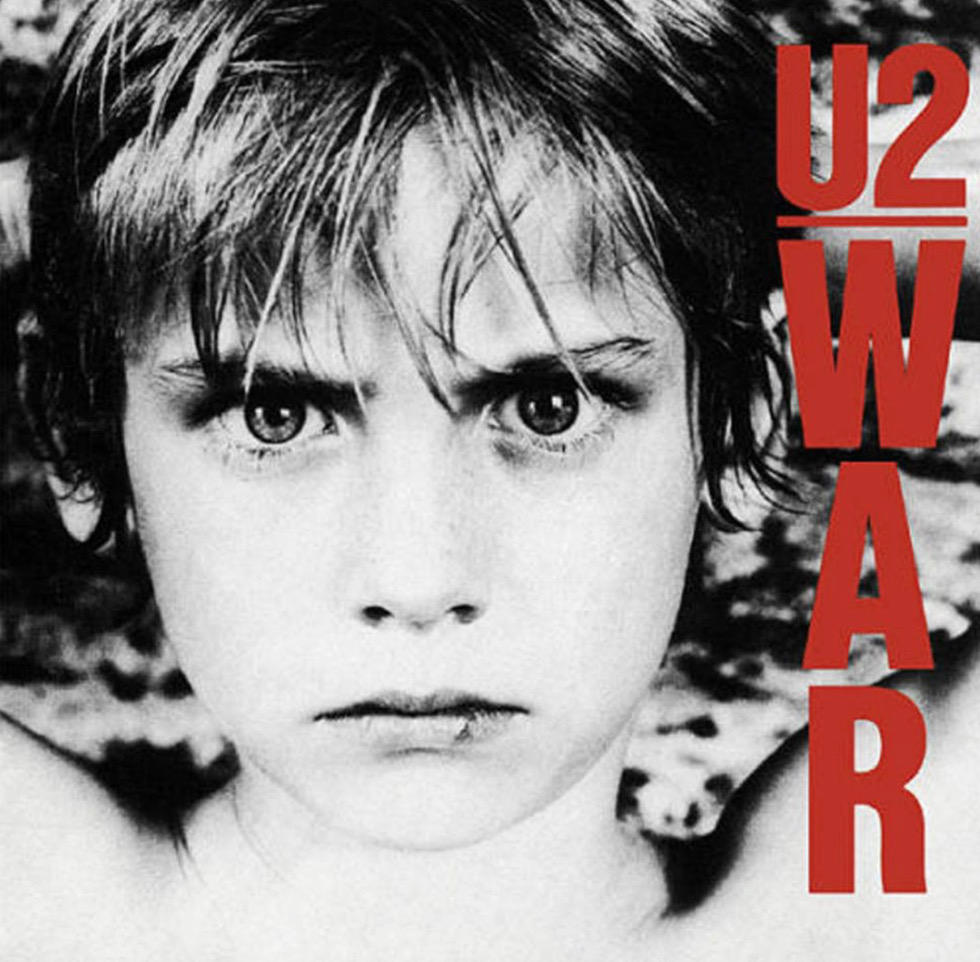
8. U2: War
U2: War features a simple portrait of the same child from their debut album Boy, except now innocence and vulnerability have turned to anger and determination.

9. Taylor Swift: 1989
1989's Polaroid cover gives the album a retro feel befitting its title. It's been digitally edited to fit: Polaroids aren't square, they're around 3.5 x 4.2'.
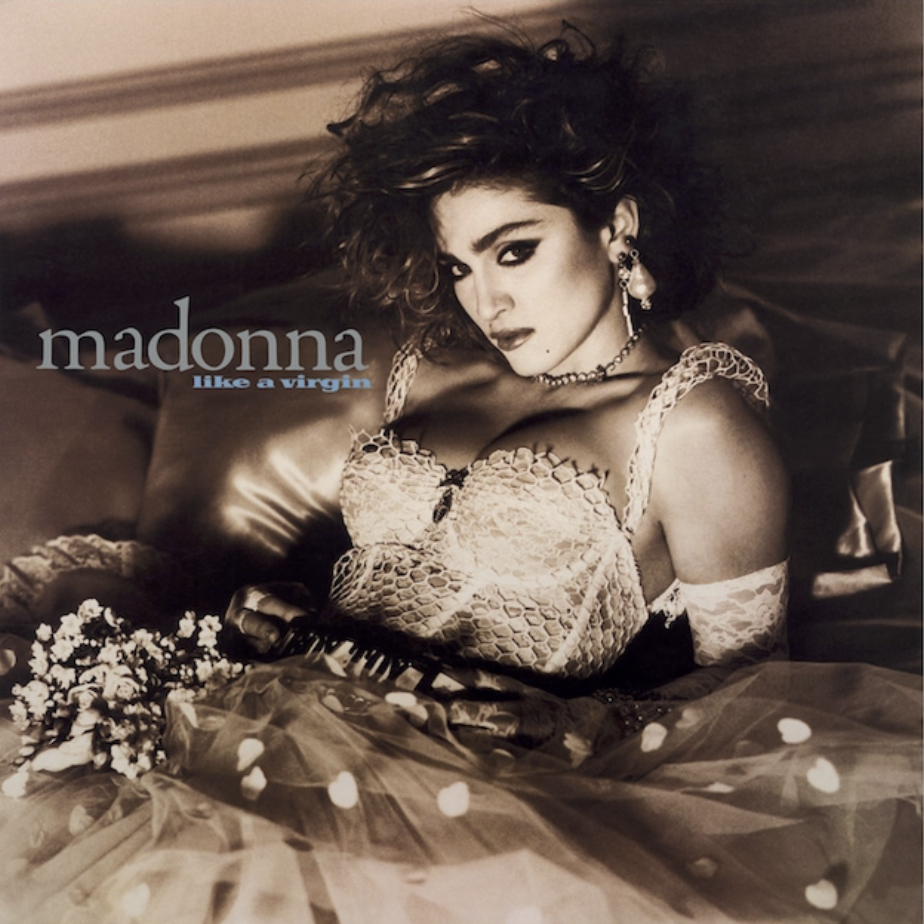
10. Madonna: Like A Virgin
Like A Virgin was shot by Steven Meisel, who would go on to become a regular collaborator with Madonna.

11. George Michael: Listen Without Prejudice
George Michael: Listen Without Prejudice was a cropped version of a 1940 photograph by famed New York street photograph Ascher (Usher) Fellig aka Weegee.
6. Cover all your options
When you are on a shoot with an artist, take as many shots as possible covering all options from wide to close ups, feel free to collaborate with the artist and art director to suggest poses, backdrops, clothing and styling.
7. Prepare
If you are running the photo shoot with the artist, always have pre-established ideas about how you're going to shoot, the lighting, props you need and the mood you're trying to establish. Show people what you're aiming for by using examples of your previous work or tear sheets from other shoots that illustrate what you are trying to achieve.
8. Ask yourself: do you already have the shot?
You may already have the photograph the artist is looking for in your library. Many album covers do not even feature shots of the band but will use some other illustrative or abstract images. Try and provide examples of your own kind of stock photography.
9. Break the rules
Don’t be afraid to break photographic rules. Not everything has to be shot in the rule of thirds or pin sharp. Many classic album covers are abstract or quirky, show movement or drama. Do ensure when you are shooting that your thought process is a 1 to 1 ratio, portrait and landscape imagery is generally not applicable when shooting album art.
10. Don't worry about your kit
Don’t worry about not having expensive professional kit. We live in a smartphone Instagram world where everything is manipulated and photoshopped. Modern smartphones are certainly capable of producing extremely high quality images that could certainly be utilised for album art.
Go to this page for more on the Affinity Rock New Rock Photographer 2020.
Louder is the ultimate resource for alternative music coverage and the home of iconic rock brands Classic Rock, Metal Hammer and Prog. With a combined reach of over five million followers across social media, we're the largest and most influential alternative music website in the world.

